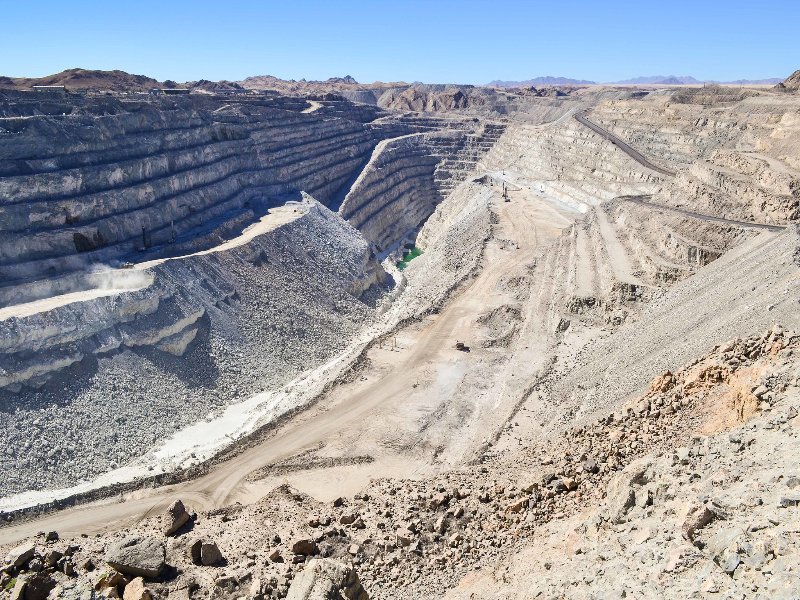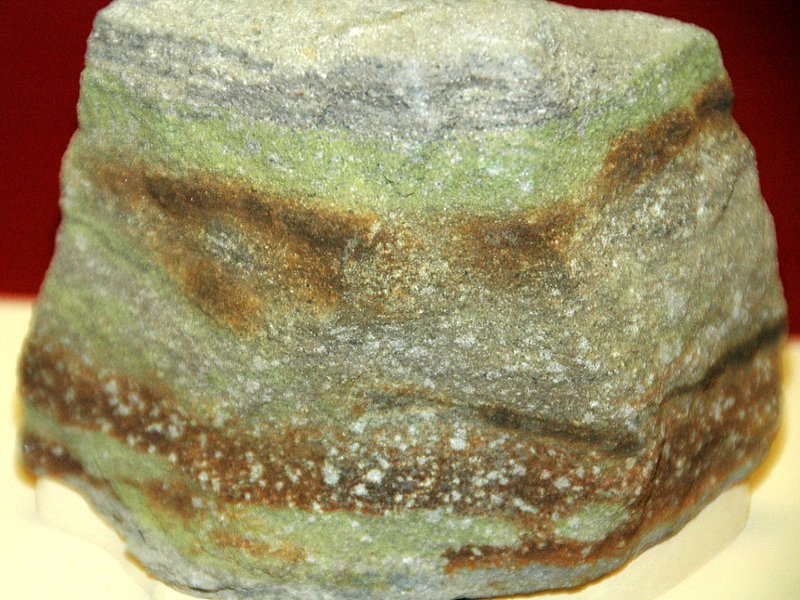Madaouela is one of the largest uranium resources in the world being developed in the Republic of Niger in Western Africa.
Canada-headquartered GoviEx Uranium is the operator and holds 80% interest in the project. The remaining 20% interest is owned by the Republic of Niger, of which 10% is a free-carry interest.
The feasibility study results of Madaouela were published in September 2022 covering five deposits- Marianne, Marilyn, Miriam, MSNE and Maryvonne.
Major permits for the development are already secured and production is aimed to begin from 2025, subject to project financing.
Project Gallery
The project is expected to produce 50.8 million pounds of uranium compound Triuranium octoxide (U3O8) over 19 years. Madaouela also hosts molybdenum mineralisation.
The initial capital cost for the development of Madaouela is forecasted to be $342.7m and includes pre-stripping of the Miriam deposit. The sustaining capital cost is projected to be $276.6m. A contingency of 10% is included in the project’s initial and sustaining capital costs.
Considering $65/lb or U3O8 and $11/lb for molybdenum (Mo), the project is expected to produce $672m in free cash flow (including the capital expenditure) and annual average of $82m Earnings before interest, taxes, depreciation, and amortization (EBITDA) over the mine life.
Location and Site details
Madaouela is located in the Agadez region in the northern part of the Republic of Niger. The site is situated southeast of Arlit town and west of the Air Mountain.
It covers an area of approximately 234.86 km2 of granted tenements. An additional 1,788.86 km2 area is under application.
The project is also expected to benefit from existing infrastructure and an experienced local uranium mining labour force due to its proximity to operations of mining companies SOMAIR and COMINAK in the country.
Geology, Mineralisation and Reserve estimates
The uranium project is located in the Tim Mersoi Basin, which encompasses the majority of the western part of the country.
The Palaeozoic sediments outcrop between Arlit and the Algerian boundary. Pre-Carboniferous sediments include Cambro-Ordovician sandstones and graptolite shales. The majority of the reduced uranium deposits are in the Carboniferous formations. The stratigraphic sequence starts by grey-black shale Talak Visean argillites.
The Akokan unit follows the Palaezoic sediments and includes lenticular fine grained silty clay units.
This is followed by Guezouman formation which includes lower and upper units. The lower unit consists of fine to coarse grained cross bedded sandstone with minor conglomerates (Teleflak) at the base. The upper unit consists of fine to medium grained sandstone with minor siltstone and thin argillaceous intercalations.
Madaouela deposits have common classic characteristics of uranium sandstone deposits being dominated by pitchblende and coffinite. The deposits include Miriam, Marilyn and Marianne (M&M), Maryvonne (MYVE), MSNE, MSCE, and MSEE.
The uranium occurs mostly on minerals surface or as infillings between the grains.
The measured and indicated mineral resources at Madaouela project are estimated to be 100 million pounds of U3O8 along with inferred resources of 20 million pounds of U3O8.
The mineral reserves for the Miriam open pit deposit are 5,399 kilo tonnes (kt), while underground mineral reserves are projected to be 20,403kt.
Molybdenum mineralisation is found in both the Miriam open and the underground mines.
Mining and Ore processing
Initially, mining operations are planned to be conducted by standard truck and shovel open pit mining for Miriam deposit at the rate of 1mt/annum of ore feed to the processing plant.
Uranium ore from the M&M and MSNE-Maryvonne deposits are expected to be mined through underground room and pillar operations.
Mining will begin with Miriam open pit operation followed by M&M and MSNE-Maryvonne.
Conventional drilling and blasting will be used for both underground operations.
It is expected that mined ore will be fed on to a conveyor system via feed breakers. Run of mine ore will be separated by X-ray fluorescence (XRF) and after separation, the ore is to be trucked to the process plant at 1mtpa rate.
The processing will involve two stage acid leaching to maximise uranium and molybdenum recovery while reducing acid consumption.
The ore will be crushed before milling and then the milled ore will be leached with sulphuric acid to extract uranium and molybdenum into solution.
Molybdenum will be separated from the solution by flow ion exchange with the precipitation of molybdenum to produce molybdenum tri sulphide (MoS3) and triuranium octoxide (U3O8) will be produced through ammonium diuranate (ADU) and calcination.
Project Infrastructure
The Madaouela project will have access to grid level electrical power existing near the boundary. It will also have a standalone hybrid diesel-solar-battery power plant to ensure energy security. It will receive grid power through a 20kv overhead power line.
It will also have water supply and management facilities, tailings storage and management facilities, and a 5MWh battery storage system among others.
Contractors and Agreements
On 27 September 2017, GoviEx Uranium announced the appointment of Medea Capital Partners as Project Debt Advisor for Madaouela Project.
SRK Consulting (UK) Ltd and SGS Bateman (Pty) Ltd were appointed as the feasibility consultants for the project on 19 September 2018. SRK (UK) Limited, SGS-Bateman and Cresco have completed technical studies for the Miriam open pit project, process plant and associated infrastructure.
On 19 July 2019, GoviEx Uranium Inc.’s wholly owned subsidiary GoviEx Niger Holdings signed definitive agreements with the Republic of Niger for Maduoela Project development.
In April 2021, GoviEx Uranium signed drilling contracts with ESAFOR and FORACO for the project in Niger.
On 7 September 2021, Endeavour Financial was appointed by GoviEx Uranium for advisory services regarding Madaouela uranium project.



